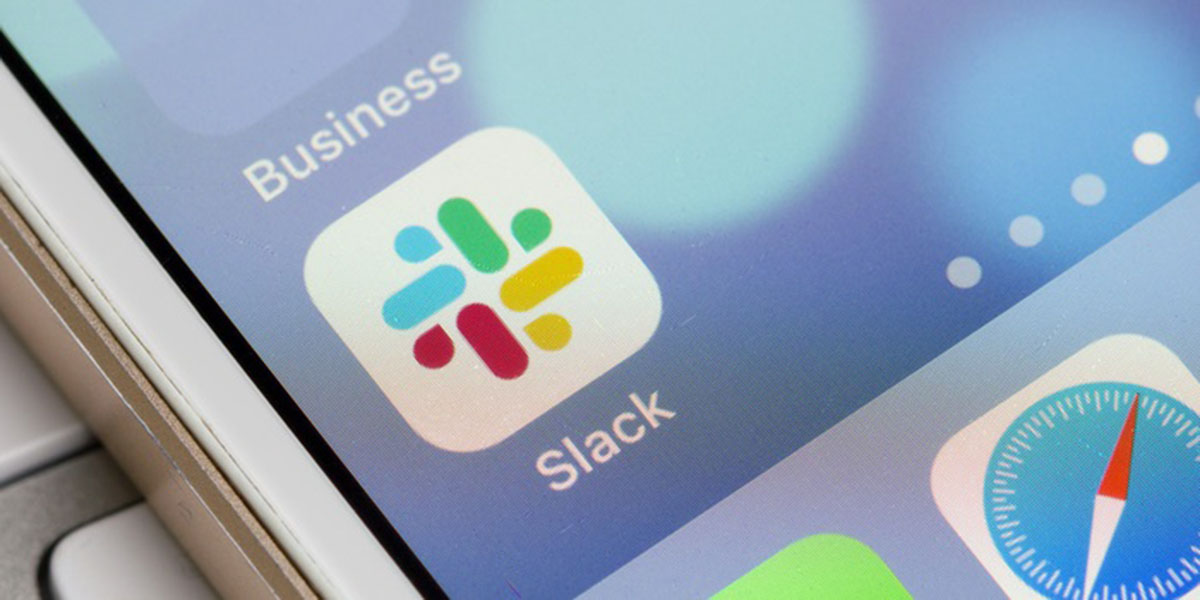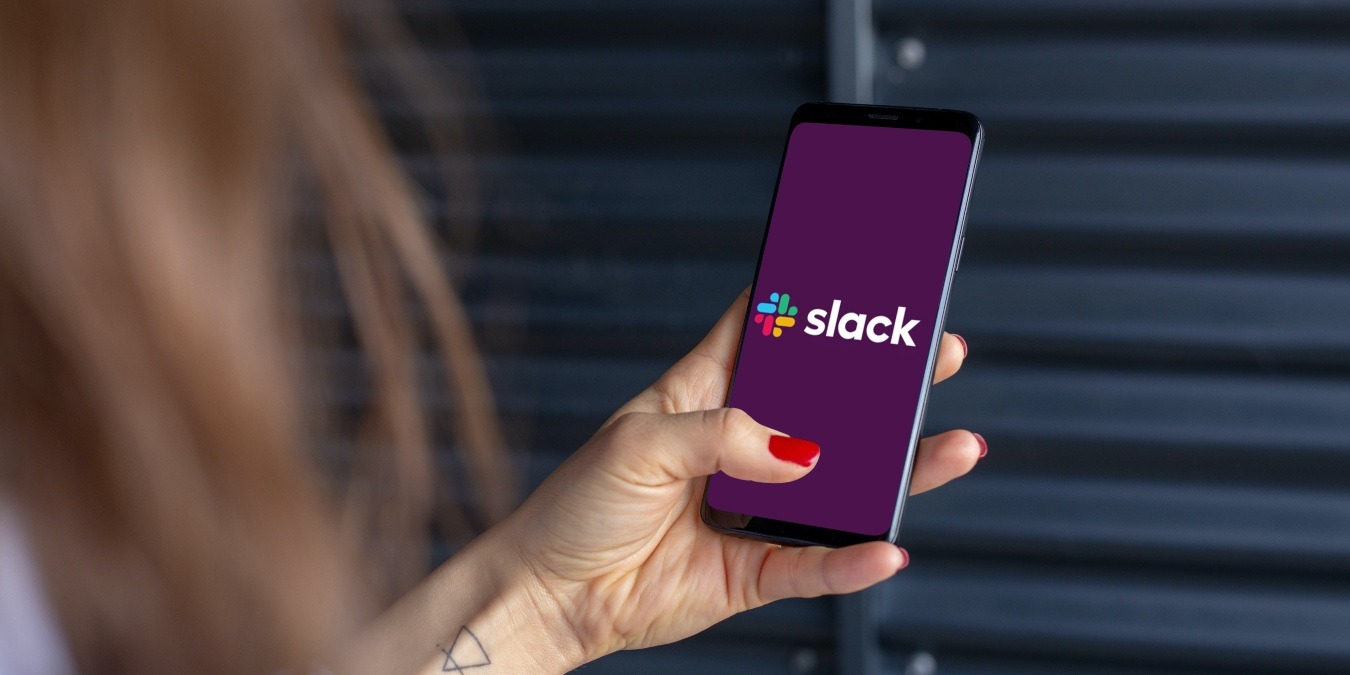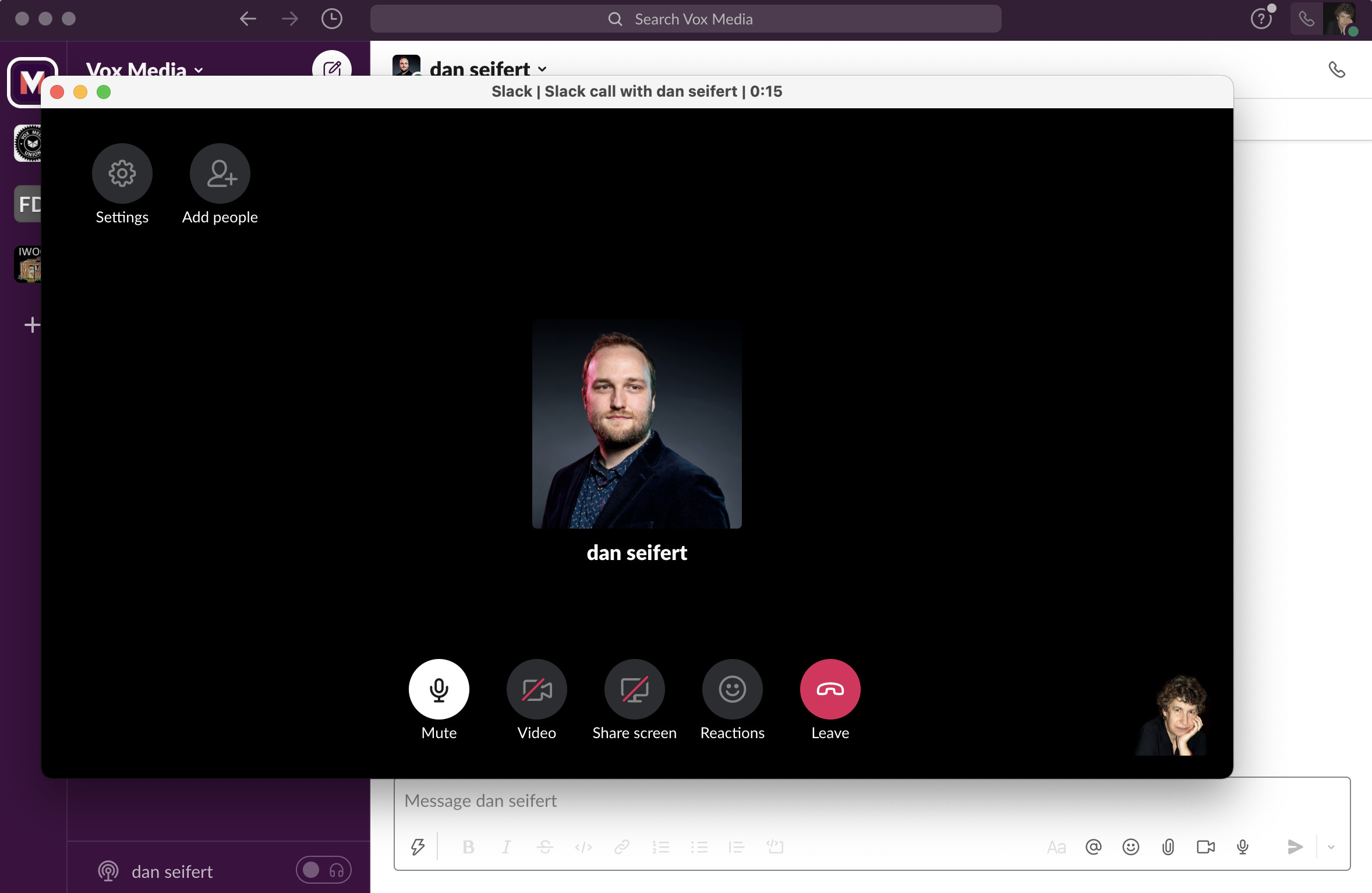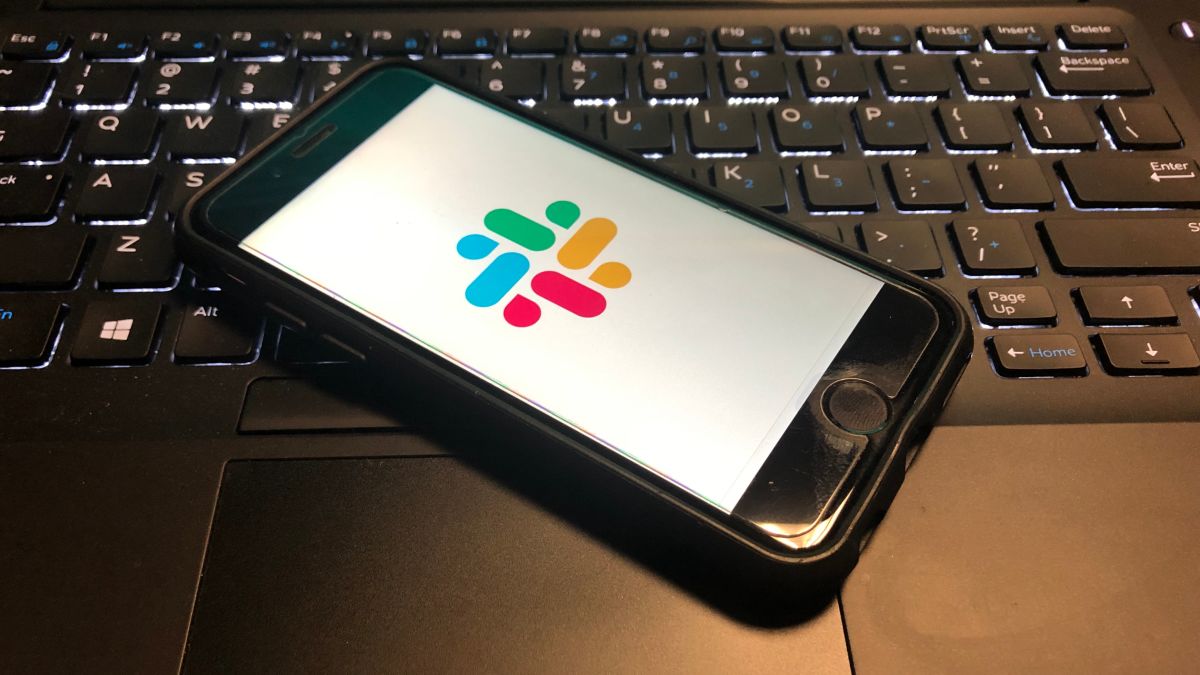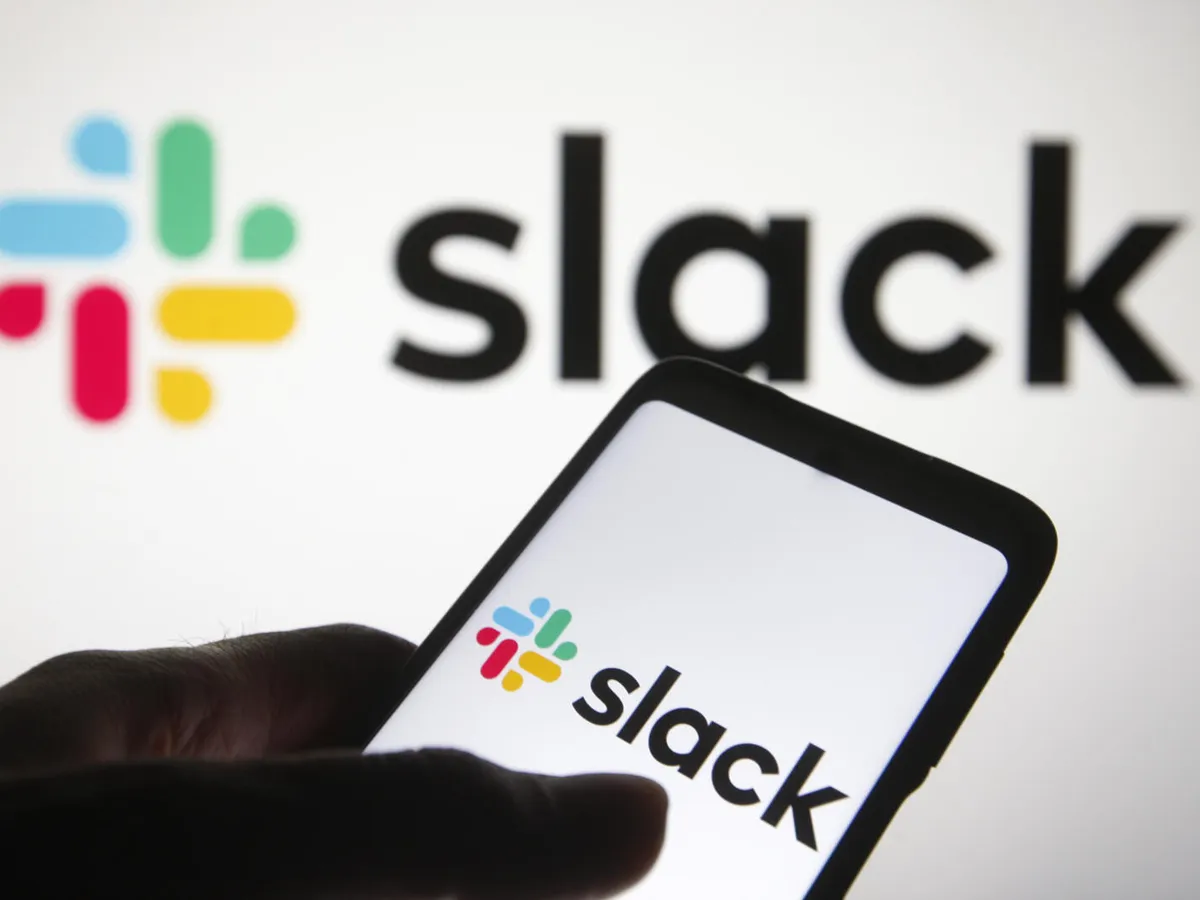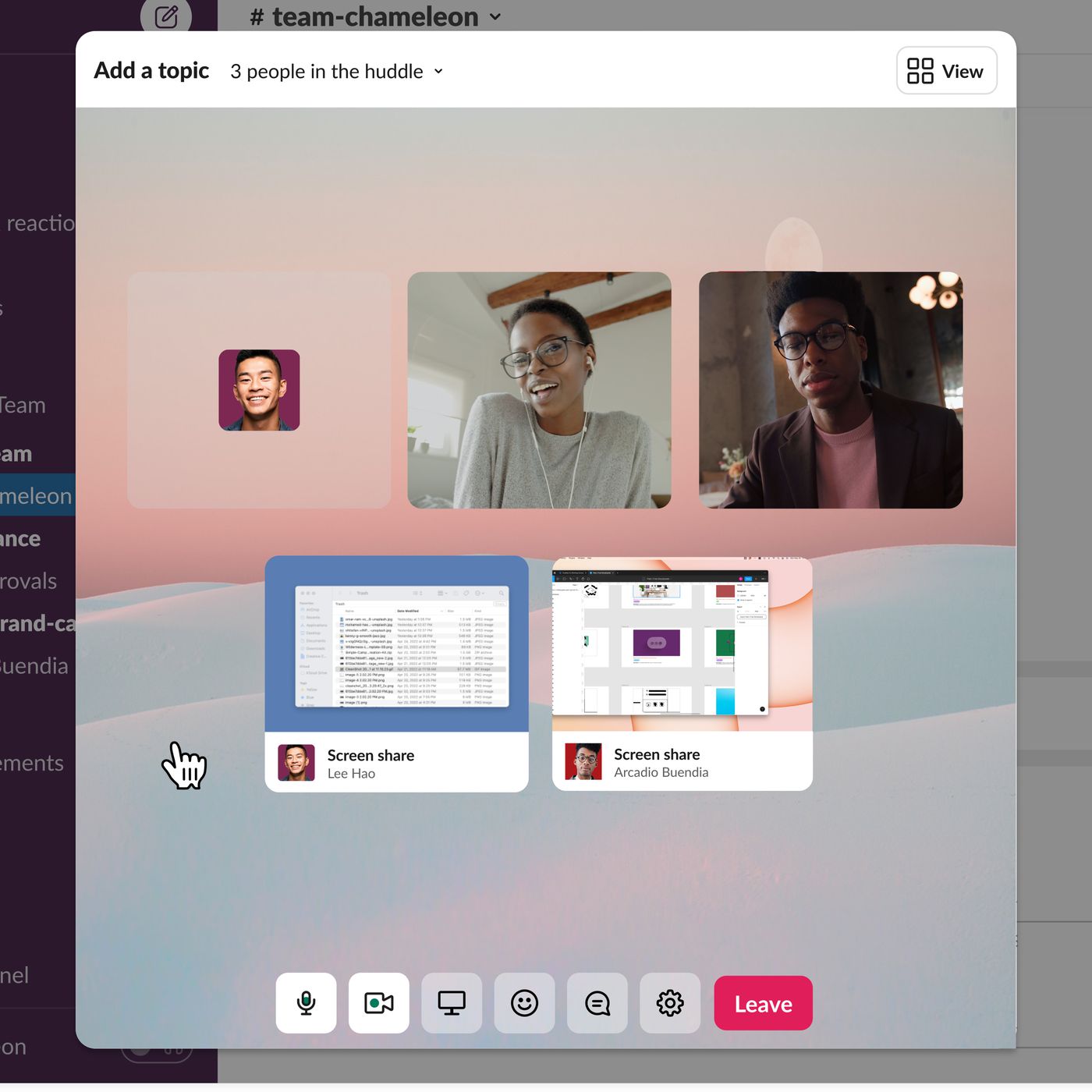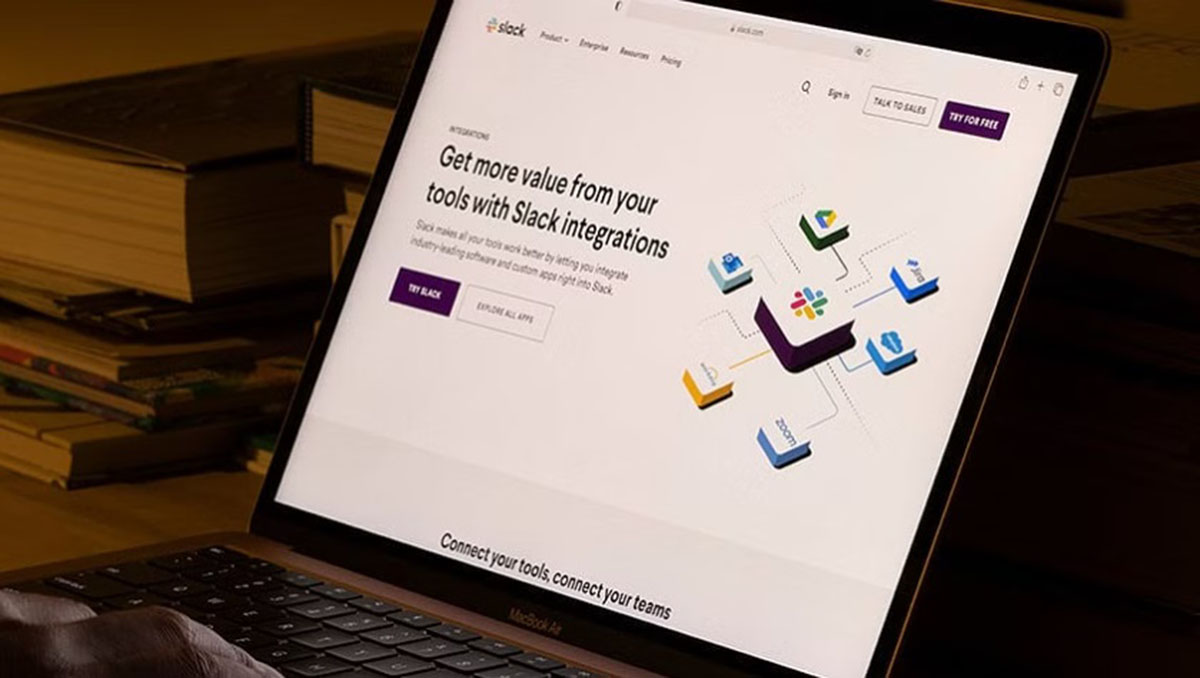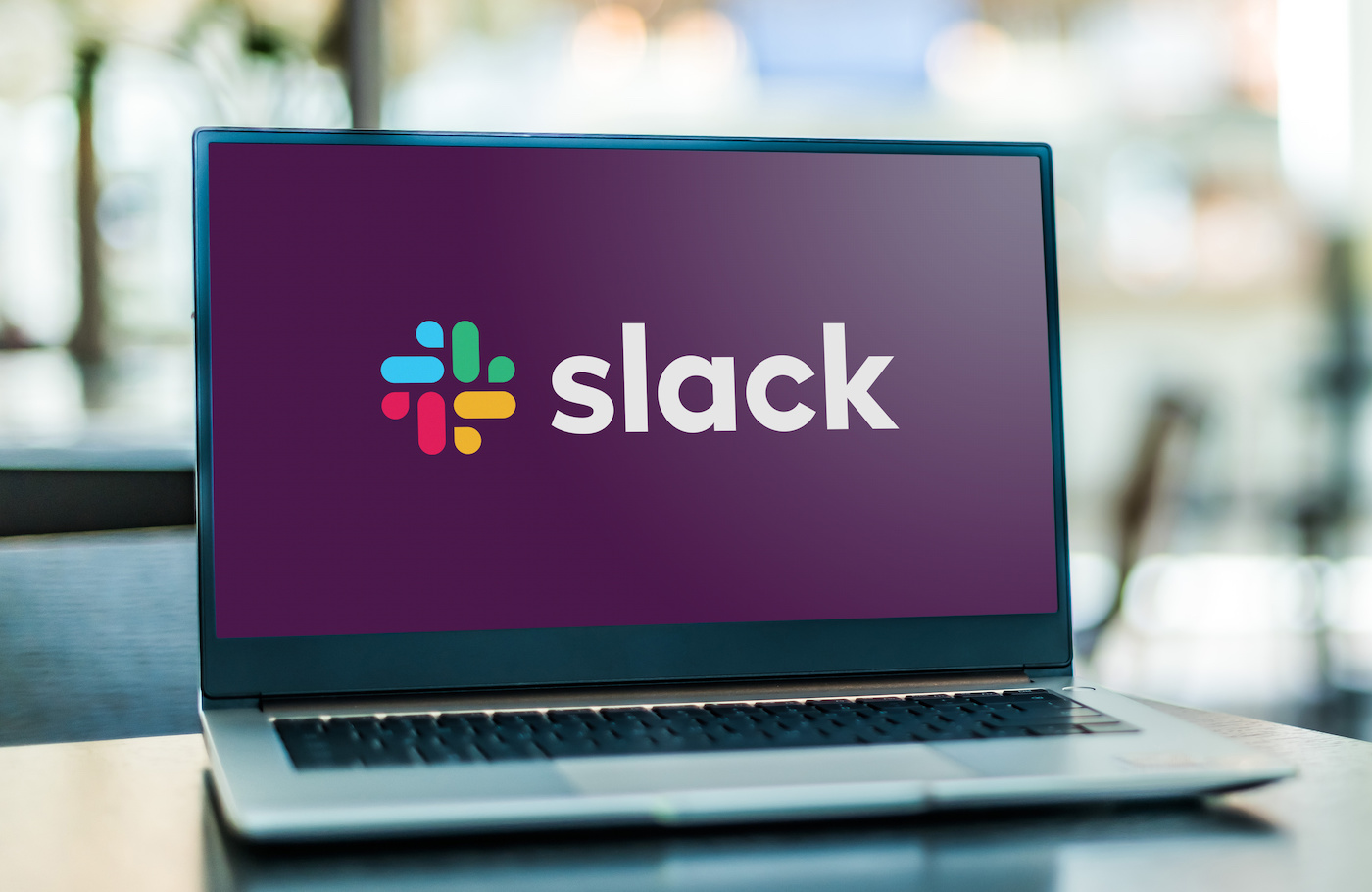Introduction
Slack is a popular communication platform that allows teams to collaborate and stay connected. While it offers numerous benefits in terms of team productivity, there may be instances when you need to block someone in Slack. Blocking someone can help maintain a safe and comfortable working environment, especially if you encounter inappropriate behavior or unwanted messages.
In this article, we will guide you through the steps of blocking someone in Slack. Whether it’s a coworker who constantly interrupts your workflow or an external contact who is sending spam messages, blocking can help you regain control over your communication channels. We will also cover how to unblock someone in case you change your mind or wish to give them a second chance.
It’s important to note that blocking someone in Slack restricts their ability to interact with you directly. They will no longer be able to send you direct messages, mention you in channels, or view your status. However, they can still see your public messages in channels, so it’s essential to be mindful of what you share with the rest of the team. With that in mind, let’s jump into the step-by-step process of blocking someone in Slack.
Step 1: Access the Workspace Settings
To begin the process of blocking someone in Slack, you will need to access the workspace settings. Here’s how:
- Open Slack and navigate to the desired workspace where the person you want to block is located.
- Once you are in the workspace, locate and click on the workspace name at the top left corner of the screen. This will open a dropdown menu.
- In the dropdown menu, scroll down and click on “Settings & administration” to expand the options.
- From the expanded options, select “Workspace settings.” This will take you to the settings page for the workspace.
By following these steps, you will now have access to the workspace settings, where you can make changes to manage the members of the workspace. With the settings page open, you can proceed to the next step of blocking the person you want to restrict communication with.
Step 2: Select the Person to Block
Once you have accessed the workspace settings, the next step is to select the person you wish to block. Here’s how you can do it:
- On the workspace settings page, navigate to the “Members” or “People & User Groups” section. The label may vary depending on your Slack version.
- Here, you will find a list of all the members in the workspace. Scroll through the list or use the search bar to locate the person you want to block.
- Once you have identified the person, click on their name to open their profile.
By following these steps, you will be able to select the desired person from the list of workspace members. Opening their profile will allow you to access the necessary options to block them and halt any unwanted communication. Let’s move on to the next step to continue the blocking process.
Step 3: Open the User’s Profile
After selecting the person you want to block, the next step is to open their profile. By accessing their profile, you can take the necessary actions to block them. Follow these steps to open the user’s profile:
- Once you have clicked on the person’s name from the members list, their profile will open in a new window or tab.
- In the user’s profile, you will find various details and options related to their account.
- Take a moment to review any relevant information that can help you confirm if you have selected the correct person.
- Ensure that you are on the user’s profile page, as this is where the blocking option will be available.
Opening the user’s profile is an essential step to confirm that you have selected the right person from the members list. By reviewing their information, you can verify if they are the individual you want to block. Once you have successfully accessed their profile, you can proceed to the next step of blocking them in Slack.
Step 4: Block the Person
Now that you have opened the user’s profile, you can proceed to block them. Blocking a person in Slack will prevent them from sending you direct messages, mentioning you in channels, and viewing your status. Here’s how you can block the person:
- On the user’s profile page, look for the three-dot menu icon (⋮) or the ellipsis icon. This is usually located next to the user’s name or profile picture.
- Click on the menu icon to open a dropdown list of options.
- In the dropdown list, look for and select the “Block” or “Block User” option. The specific label may vary depending on your Slack version.
By following these steps, you will successfully block the person you have selected. The blocking action will take effect immediately, and the person will no longer be able to contact you directly through Slack. However, they will still be able to see your public messages in channels, so keep this in mind when sharing information with the rest of your team.
It’s important to note that blocking is a serious action and should be used prudently. Consider blocking someone only when necessary, such as in cases of harassment, inappropriate behavior, or when communication is counterproductive to maintaining a healthy work environment.
Now that you have successfully blocked the person, let’s move on to the next step to confirm and finalize the blocking action.
Step 5: Confirm the Blocking Action
After blocking a person in Slack, it is essential to confirm the blocking action to ensure that it has been executed successfully. Confirming the blocking action will give you peace of mind by providing confirmation that the person has been effectively blocked from contacting you directly. Follow these steps to confirm the blocking action:
- After selecting the “Block” or “Block User” option from the dropdown menu, a confirmation prompt will appear on the screen.
- Read the prompt carefully to ensure that you understand the consequences of blocking the person.
- If you are certain about blocking the person, click “Block” or “Confirm” to finalize the action.
By following these steps and confirming the blocking action, you can be confident that the person is no longer able to reach out to you directly through Slack. This provides you with a sense of control and a more productive work environment, free from unwanted communication.
It’s worth mentioning that once you block someone in Slack, it is generally not reversible. Therefore, it is crucial to carefully consider the decision before proceeding with the blocking action. However, if you change your mind or wish to give the person another chance, you can follow the steps to unblock them, which will be covered in the next step.
Now that you have confirmed the blocking action, let’s move on to the final step to learn how to unblock someone in Slack if needed.
Step 6: Unblocking Someone if Needed
In situations where you may want to re-establish communication or give someone a second chance, unblocking them in Slack is a possibility. If you have blocked someone previously and now wish to unblock them, follow these steps:
- Navigate to the workspace settings by clicking on the workspace name at the top left corner of Slack and selecting “Workspace settings” from the dropdown menu.
- From the settings page, locate and click on “Members” or “People & User Groups” to access the list of workspace members.
- Scroll through the list or use the search bar to find the person you want to unblock.
- Click on the person’s name to open their profile.
- In their profile, look for the three-dot menu icon (⋮) or the ellipsis icon, usually located next to their name or profile picture.
- Click on the menu icon and select the “Unblock” or “Unblock User” option from the dropdown list.
By following these steps, you will successfully unblock the person, allowing them to contact you directly through Slack once again. However, it’s important to carefully consider your decision before unblocking someone to ensure that the reasons for blocking in the first place have been addressed or resolved.
Remember, unblocking someone does not automatically restore your previous conversations or messages with them. It simply allows them to initiate communication with you again. It’s also worth noting that unblocking someone does not guarantee a change in their behavior, so it’s important to maintain healthy boundaries and address any concerns or issues that may arise.
Now that you know how to unblock someone in Slack if needed, you have the flexibility to modify your communication settings as necessary. Ensure that you use this feature judiciously and create a positive and inclusive workspace environment.
Conclusion
Blocking someone in Slack can be a necessary step to maintain a safe and productive work environment. By following the steps outlined in this article, you can effectively block and unblock individuals, giving you control over your communication channels.
Remember to use the blocking feature prudently, reserving it for situations where it is truly necessary, such as instances of harassment, inappropriate behavior, or counterproductive communication. Blocking someone restricts their direct access to you but does not prevent them from seeing your public messages in channels, so always exercise caution when sharing information.
If the need arises, you can easily unblock someone and give them a second chance to communicate with you. However, consider the reasons behind the initial blocking and address any concerns or issues to ensure a better working relationship moving forward.
By implementing these steps, you can take control of your Slack interactions and create a healthy and respectful environment for collaboration with your team. Remember to use blocking and unblocking features responsibly, aiming for open and inclusive communication within your workspace.
We hope this article has provided you with a valuable guide on how to block and unblock someone in Slack. Now you are equipped with the knowledge to manage your communication effectively and prioritize a positive work environment for yourself and your team.







